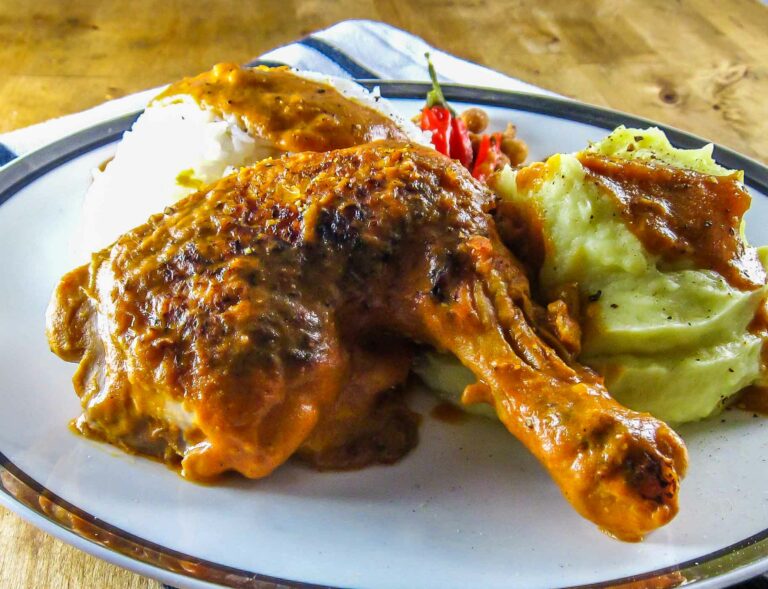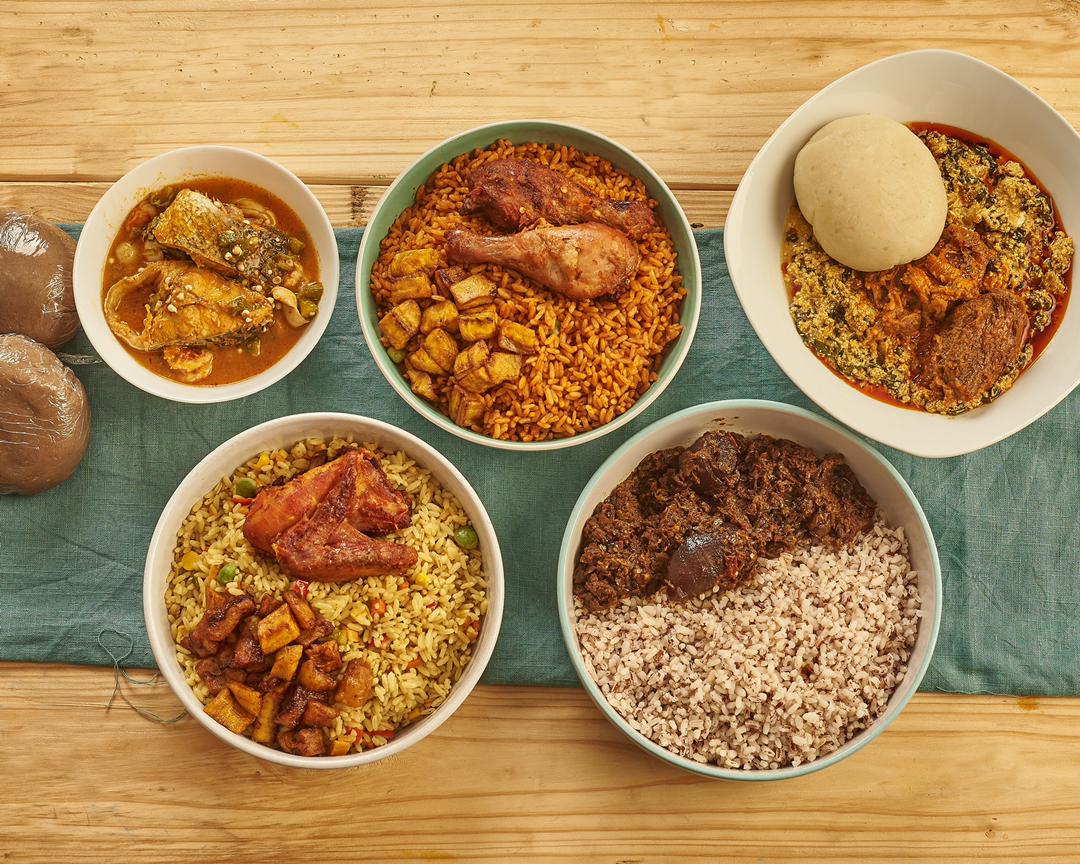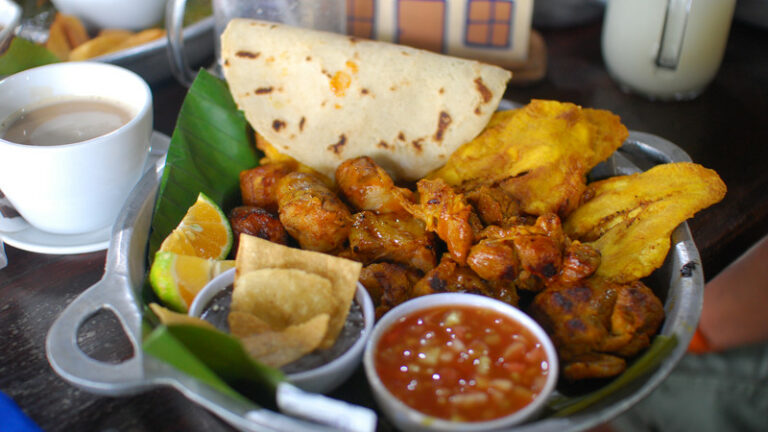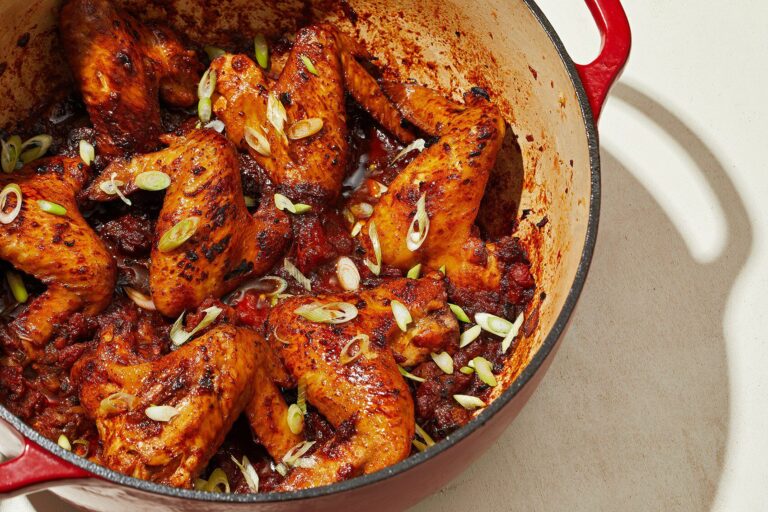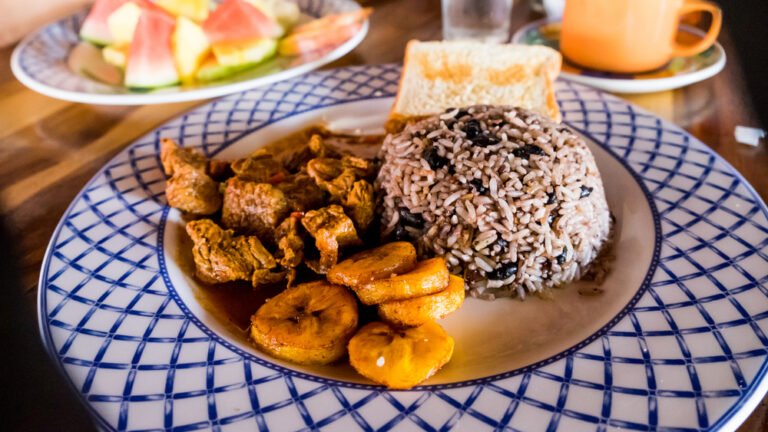Introduction: Exploring Comorian Cuisine
Comoros, a small archipelago nation in the Indian Ocean, is a melting pot of different cultures, religions, and traditions. This diversity has greatly influenced the Comorian cuisine, resulting in a unique blend of African, Arabic, Indian, and French flavors and spices. Comorian food is characterized by its simplicity, freshness, and use of local ingredients such as seafood, coconuts, and aromatic herbs.
Understanding Comorian Street Foods
Comorian street food is an integral part of the local food scene, and it can be found in almost every corner of the islands. Comorian street food is typically cheap, filling, and flavorful, making it a popular choice among locals and tourists alike. Whether you’re in the mood for a savory snack or a sweet treat, Comorian street food has something for everyone.
Must-Try Comorian Street Foods
If you’re planning to visit Comoros, make sure to try these popular street foods:
Samboussa: A Popular Comorian Snack
Samboussa is a deep-fried pastry filled with spiced ground beef or vegetables such as potatoes and carrots. It is similar to the Indian samosa but with a unique Comorian twist. Samboussa is crispy on the outside and soft on the inside, and it is usually served with a side of chutney or hot sauce.
Mataba: A Tasty Comorian Fried Bread
Mataba is a type of fried bread made with flour, water, and coconut milk. It is typically served as a breakfast or snack food, either plain or with a topping such as peanut butter, jam, or honey. Mataba has a crispy texture and a slightly sweet taste, making it a favorite among locals.
Langouste: A Delicious Comorian Seafood Dish
Langouste, also known as spiny lobster, is a popular seafood dish in Comoros. It is typically grilled or boiled and served with a side of rice or vegetables. Langouste has a delicate flavor and a tender texture, making it a must-try dish for seafood lovers.
Bananes Frits: A Sweet Comorian Treat
Bananes frits are deep-fried bananas coated in a sweet batter made with flour, sugar, and coconut milk. They are crispy on the outside and soft on the inside, and they have a sweet and slightly nutty flavor. Bananes frits are often served as a dessert or a snack and are also sometimes served with a scoop of vanilla ice cream.
Closing Thoughts: Discovering Comorian Street Foods
Comorian street food is a unique and delicious way to discover the flavors and culture of Comoros. From savory snacks to sweet treats, Comorian street food has something for every taste bud. So the next time you’re in Comoros, make sure to try these must-try street foods and explore the rich and diverse flavors of this beautiful island nation.




